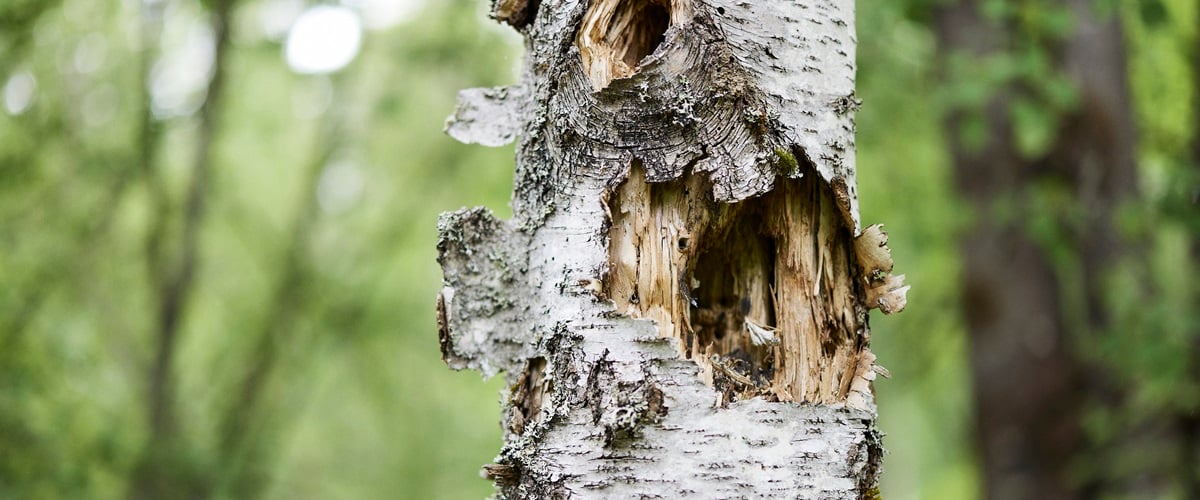
Active and adaptive biodiversity management
Biodiversity loss is a global challenge with very local solutions. This means that biodiversity in one area can have global effects, but it can be supported only with local actions in that particular area. This is why we consider biodiversity where operate, treating forests according to their ecological characteristics and striving for forest ecosystems, where biodiversity, growth, and carbon sink are in balance.
Technological advancements for net positive impact
Read more about some of our partnerships

Science-based actions for continuous progress
Biodiversity management means taking systematic actions to preserve crucial forest structures for biodiversity throughout the forestry cycle. Our forestry operations are planned and chosen according to their science-based benefits for biodiversity.We enhance biodiversity on landscape, habitat, and species levels.
Landscapes
Cohesive ecosystems support the abundance and distribution of species. On landscape level, we consider different forest types and environments, such as broadleaved forests or old forests, and their variation over larger regions.
Varying habitats with relevant forest structures are needed for thriving biodiversity. We promote valuable habitats, such as deadwood and broadleaved trees. The habitats may be very local or span larger landscapes depending on the species.
The abundance of species reflects biodiversity. It’s difficult to monitor all species, so we focus on selected ones that can indicate the presence of others. We promote threatened species by taking actions to enhance their habitats.
Biodiversity in Northern forests
In Northern forests, our actions are adapted based on the environment and our progress monitoring. Recognising regional and local perspectives is important, as the best results can be achieved when biodiversity management is adapted to the conditions of each forest site. Our biodiversity programmes for own forests in Sweden and for private forest owners define our actions to enhance biodiversity and go beyond legislation and certification requirements. These programmes are based on science and developed internally and together with external partners.
The actions that we take – in our own forests and the forests owned by other forest owners – consider several elements of biodiversity. They can be summarised under various focus areas:
- creating and preserving deadwood
- restoring and preserving selected environments, such as wetlands or old forests
- biodiversity management actions, such as controlled burning, to promote special values
- leaving retention trees, nature value trees, and thickets
- protecting waters and their surrounding environments
- increasing the share of broadleaved trees and mixed forests
- protecting and promoting habitats for selected species
Biodiversity in own forests
In our own forests in Sweden, we implement active biodiversity management in areas for wood production and set-aside areas. Own forest land provides us with a great platform to make sustainable choices, explore alternative forestry methods, and pilot best practices for biodiversity. Long-term development of biodiversity as well as impact of harvesting are monitored with biodiversity indicators.
The biodiversity action programme for our own forests contains over
30 actions in five focus areas
The targets are for 2030. Read more about the programme in Swedish.
Biodiversity services for forest owners
In Finland, Sweden, and the Baltics, Stora Enso works with private forest owners, providing them with the needed support and services for promoting biodiversity in their forests. Forest owners make the decisions regarding their own forests, but for instance Stora Enso’s biodiversity action programme in Finland aims to generate biodiversity awareness among forest owners and offer biodiversity services as well as restoration and protection opportunities. We encourage forest owners to certify their forests.
The impact of harvesting is monitored with biodiversity impact indicators in harvesting. Private forest owners can also use Stora Enso’s online customer portal to follow longer-term biodiversity data and key figures concerning their own forests.

















